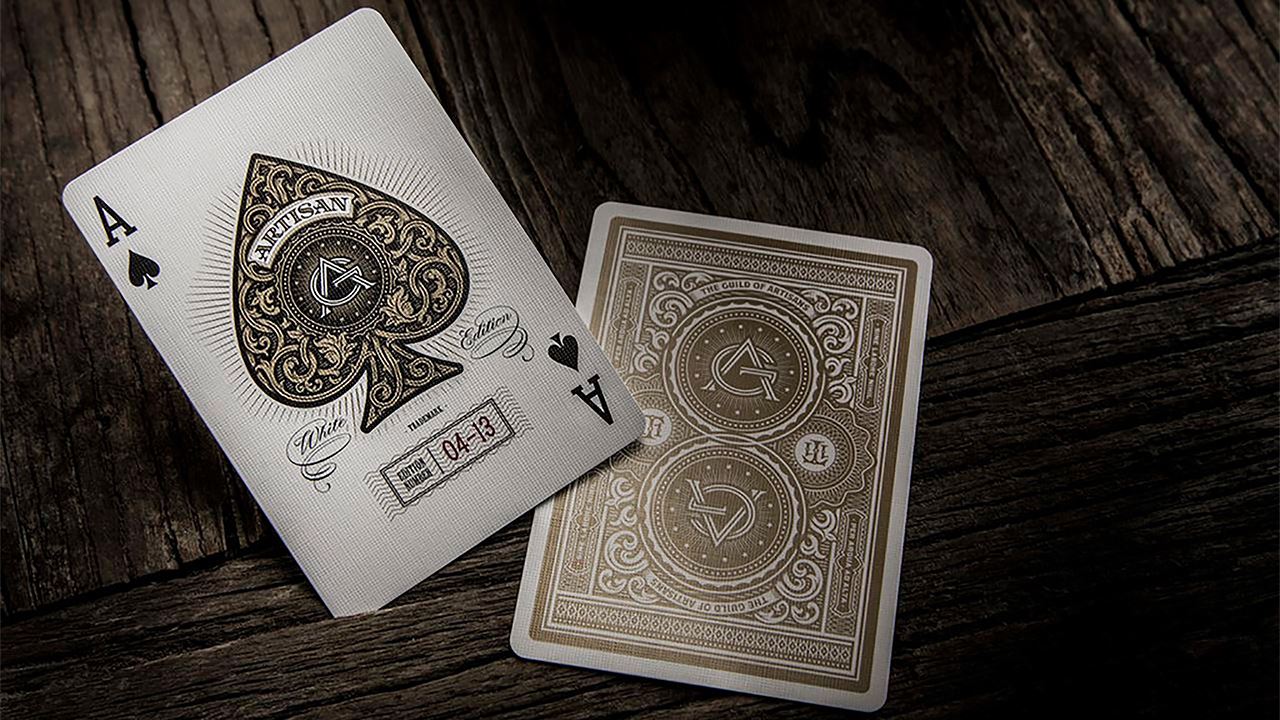Complete Guide to Playing Card Dimensions
Discover the exact dimensions of standard, mini, and large playing cards to ensure proper design, usability, and packaging for any card type.

Understanding playing card dimensions is important for designers, printers, game developers, and packaging professionals. The size of a card affects usability, visibility, storage, and printing setup. Whether its a custom project or standard deck production, selecting the correct size makes the process more efficient and user-friendly.
Standard Playing Card Dimension in Use
The most widely used playing card dimension is poker size, which measures 2.5 x 3.5 inches or 63 x 88 mm. This size is preferred in casinos, home games, and promotional decks. Another standard is bridge size, which is slightly narrower at 2.25 x 3.5 inches or 57 x 88 mm. These two formats form the industry standard for general use.
Importance of General Card Dimension
A general card dimension refers to the average size that fits well in hand, shuffles smoothly, and works with accessories like sleeves and tuck boxes. Both poker and bridge sizes fall under this category. Selecting the right general size ensures comfort during use and compatibility with common packaging formats.
Industry Based Standard Card Dimensions
Many industries follow fixed standard card dimensions to reduce printing waste and packaging costs. These sizes are globally accepted, allowing bulk production without customization. Game cards, collectible cards, and branded decks often use poker size. Flashcards and learning cards may also adopt these standard measurements for consistency.
Mini Playing Card Dimension for Compact Use
The mini playing card dimension is used for small-format decks. A typical mini card measures 1.75 x 2.5 inches or 44 x 63 mm. These are useful in travel games, promotional items, and novelty sets. Mini cards are cost-effective and easy to carry but can be harder to read or handle for some users.
Use Cases for Large Playing Card Dimension
When visibility is a priority, the large playing card dimension becomes useful. Cards measuring around 3.5 x 5 inches or 88 x 126 mm are easier to read, especially for stage shows, educational games, or users with visual impairments. Larger cards are also common in public demonstrations and group learning environments.
Material and Thickness for Each Card Size
Material selection must match the chosen playing card dimensions to maintain durability. Most cards are made of 300 to 330 GSM paperboard with plastic or matte coatings. The average card thickness ranges from 0.25 mm to 0.32 mm. Thicker materials are used for premium decks or high-frequency use.
Packaging Based on Playing Card Size
Each playing card dimension requires matching box sizes. For poker-size cards, the box generally measures around 2.6 x 3.6 x 0.75 inches. Mini cards use boxes close to 1.8 x 2.6 x 0.5 inches. Larger cards need custom-fit packaging to ensure proper protection and presentation during display or shipping.
Printing and Design Setup for Accuracy
Every print file must match the standard card dimensions to avoid cutting errors or alignment issues. Files are usually prepared with bleed areas, safe zones, and precise outlines. Different sizes may need layout adjustments, such as font scaling and image placement, to maintain visual balance.
Choosing the Right Size by Purpose
Choosing a suitable playing card dimension depends on usage. Poker size is ideal for games and casino decks. Bridge size is better when players hold more cards. Mini cards are compact but less visible. Large cards provide clarity but need more space and storage. Each size has a clear role in function and user experience.
Global Variation in Card Sizes
Although most companies follow standard card dimensions, there can be regional differences. European or Asian markets may prefer slightly different metrics. Always verify both inch and millimeter sizes before beginning production, especially for international shipments or packaging compatibility.
Design and Custom Printing Considerations
Before ordering custom decks, confirm the general card dimension with the supplier. This ensures templates are correctly set up, design elements are in proportion, and no content is trimmed during production. Proper size alignment also reduces the risk of misfit custom packaging or sleeves.
Large and Mini Cards in Branding
Brands sometimes use the mini playing card dimension or large playing card dimension for product launches, marketing events, or giveaways. These formats draw attention due to size differences and can be tailored to audience needs. Choosing the correct size improves brand visibility and user interaction.
Summary
In packaging, printing, and gaming industries, playing card dimensions guide everything from design to delivery. By understanding options like standard card dimensions, mini playing card dimension, and large playing card dimension, businesses and creators can improve product quality, user satisfaction, and production accuracy. Always choose dimensions that fit the goal, audience, and use environment to ensure reliable results.


































